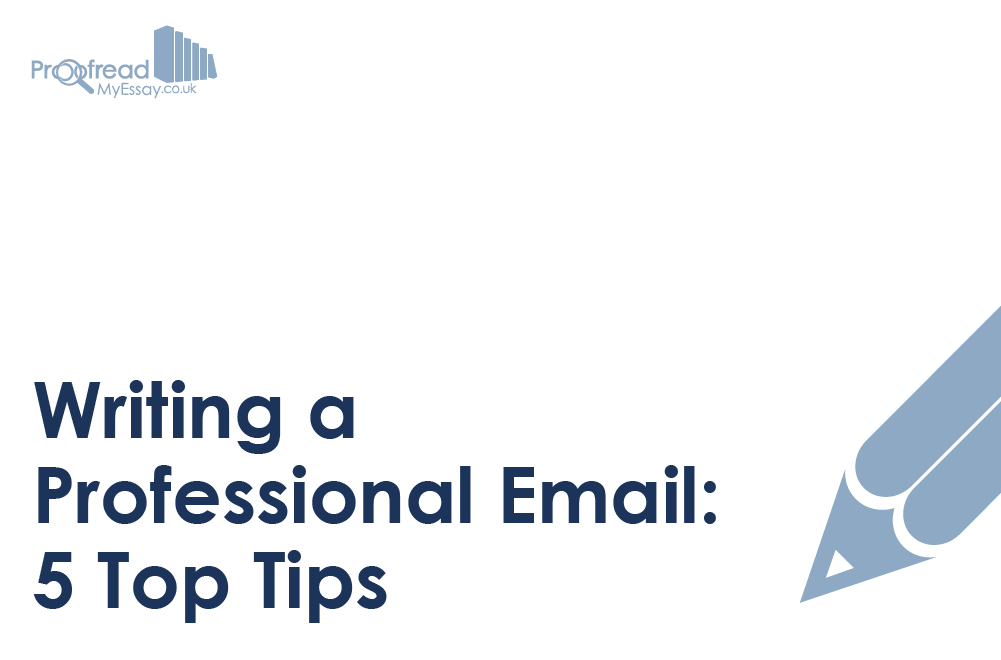We’ve heard that, these days, young people communicate primarily via emoji. That’s fine. We can’t control how the world changes, no matter how strange and confusing it might seem.
However, when writing a formal email, you need to use words. This is particularly important in a professional setting, as you can’t rely on your colleagues knowing what you mean by ‘?????’.
To help out, here are our top five tips on writing a professional email.
1. The Subject Line
The first thing anyone will read in your email is the subject line, so make sure you get it right.
A good subject line will provide clear information about why you’re emailing. If you’re sending a CV, for instance, you could use ‘[Your Name] CV’.
By contrast, an email with nothing but ‘READ NOW!!! IMPORTANT!!’ in the subject line will probably be dismissed as spam. If only for the excessive punctuation.
2. The Salutation
The salutation is the greeting at the top of your message. In a professional email, this will usually be ‘Dear [Name of Recipient]’.
If you know the person you’re emailing well you can probably be less formal, but otherwise you should use either their full name or their preferred title (e.g., Mr, Mrs, Miss, etc.) and surname.
Find this useful?
Subscribe to our newsletter and get writing tips from our editors straight to your inbox.
If you don’t know the recipient’s name (you should try to find it if possible), you can use either ‘Dear Sir/Madam’ or their job title (e.g. ‘Dear Headmistress’).
3. The Main Text of Your Email
For a formal email, make the text as clear and concise as possible. Keep the following factors in mind:
- In the opening lines, let the reader know why you’re contacting them. If you don’t know the person you’re emailing, make sure to identify yourself.
- Keep things brief. If you try to communicate more than one or two points in a single message, the recipient is more likely to miss something.
- Be polite! Use ‘please’ and ‘thank you’ where appropriate. It’s worth noting that ‘please’ is common in British English, but can seem bossy to an American reader!
- Avoid slang, abbreviations and (as previously mentioned) emoji in any formal email.
4. The Valediction
The valediction is your sign-off. A good general option is ‘Kind regards’, followed by your name on the next line, although ‘Best wishes’ is also fine most of the time.
For particularly formal emails, especially if contacting an authority figure, you might want to use ‘Yours sincerely’ or ‘Yours respectfully’ instead.
‘Yours faithfully’ is sometimes favoured when you don’t know the name of the recipient, although this is a little old-fashioned.
Not quite this old-fashioned, but you get the idea.5. Time to Proofread!
STOP! We see you, about to hit ‘Send’ the moment after you’ve finished writing. Not so fast. It’s essential that you proofread your email first, since spelling and grammar mistakes could detract from its clarity.
If it’s a particularly important email, you might even consider getting it professionally proofread, as this will help to ensure it’s error-free.
